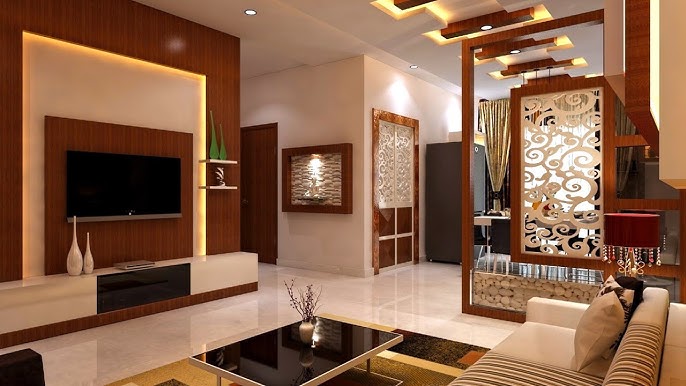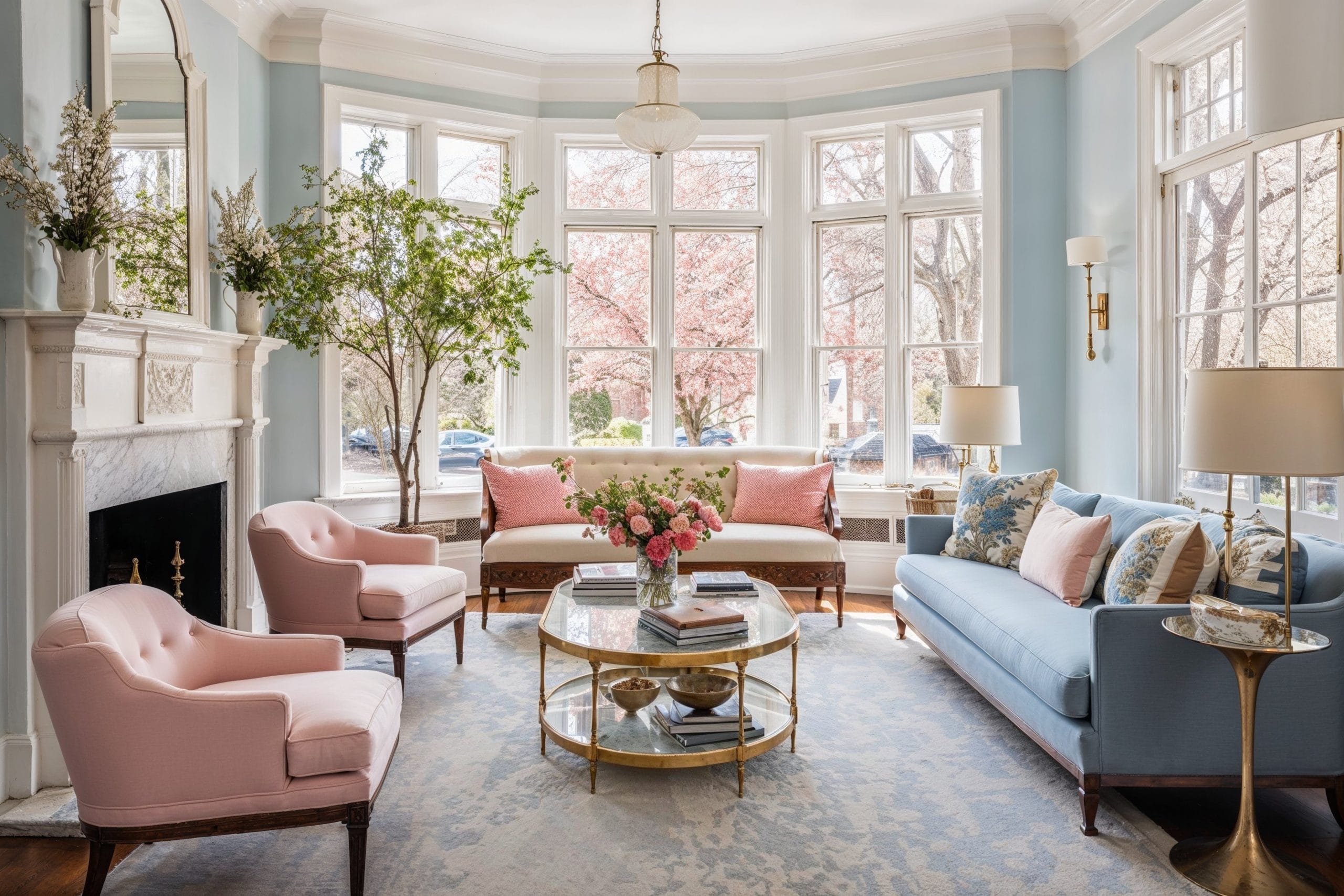Choose an innovative Architecture Firm for cutting-edge and creative designs.
Transform Your Home With Essential Concepts of Interior Decoration and Aesthetics
The art of changing your home with the crucial concepts of interior decoration and looks needs a thoughtful strategy that harmonizes shade, balance, and spatial recognition. By comprehending the influence of shade concept and the relevance of appearance and patterns, one can produce rooms that are not just visually attractive but likewise deeply individual. Accomplishing this equilibrium entails more than simple decor; it encompasses a critical arrangement and a keen understanding of just how each aspect interacts within an area. As we check out these foundational ideas, consider just how they may redefine your understanding of home and individual expression.
Comprehending Shade Concept
Color concept is a fundamental aspect of interior decoration that substantially affects state of mind, assumption, and total visual. Understanding the principles of color concept permits developers to develop spaces that reverberate emotionally with occupants while fulfilling practical demands (luxury interior design). Shades can be classified right into three primary kinds: key, second, and tertiary. Each classification plays a critical function in establishing consistency within a room.
The emotional impact of shades is profound; warm hues such as reds and oranges stimulate energy and heat, while great tones like blues and environment-friendlies promote peace and harmony. The usage of complementary shades enhances aesthetic rate of interest, creating striking contrasts that can raise a room's allure.
Neutral colors, on the various other hand, act as a versatile background, allowing various other design elements to radiate. It is necessary to consider aspects such as lighting and the space's purpose when choosing a shade combination, as these can modify the perception of shades throughout the day.
Inevitably, a well-considered color design can transform an area, fostering a sense of comfort and style that aligns with the citizens' preferences. Proficiency of color concept is, for that reason, a crucial skill for any type of indoor developer intending to produce harmonious and welcoming environments.
Attaining Equilibrium in Design
How can designers accomplish a sense of balance in their rooms? Achieving balance in design is fundamental to developing harmonious insides. Designers can utilize 3 main sorts of balance: in proportion, asymmetrical, and radial. Balanced balance involves organizing aspects equally around a main point, cultivating a sense of order and serenity. This kind commonly features sets of furnishings or art work, boosting aesthetic stability.
Asymmetrical equilibrium, on the other hand, relies on differing aspects that still accomplish a cohesive appearance. This method enables more vibrant and informal plans, providing rate of interest while preserving equilibrium. By carefully selecting varying sizes, colors, and appearances, developers can develop an aesthetically compelling room that feels well balanced yet energetic.
Radial equilibrium emphasizes a central focal factor with components radiating external. This design is commonly seen in round designs, where furnishings and design produce a natural surround that attracts the eye inward.
Inevitably, achieving balance needs thoughtful factor to consider of range, proportion, and the partnerships in between components. miami interior design. By masterfully applying these equilibrium concepts, designers can transform spaces into atmospheres that feel both cosmetically pleasing and functionally unified, boosting the general experience for residents
Relevance of Spatial Recognition

An eager feeling of spatial understanding allows designers to identify focal factors within a room, leading the visitor's interest to key functions while maintaining a total click here for more feeling of unity. It additionally helps in the tactical positioning of lighting, which can substantially affect the assumption of area and state of mind. Comprehending spatial partnerships allows the developer to cater to the details demands of citizens, making certain that each location serves its intended purpose without jeopardizing appearances.
Ultimately, spatial recognition is vital for making best use of the possibility of any kind of interior room. By meticulously considering the interaction in between dimensions, design, and feature, designers can develop atmospheres that not just meet functional demands yet additionally stimulate a feeling of comfort and charm, enhancing the general living experience.
Integrating Appearance and Patterns
Welcoming a varied variety of structures and patterns can dramatically boost the aesthetic and responsive allure of an indoor space. The strategic use numerous materials-- such as wood, metal, material, and rock-- produces deepness and passion, making an area really feel a lot more inviting and dynamic. Incorporating smooth surface areas with rough structures can establish a balance that draws the eye and engages the detects.
When including patterns, take into consideration both scale and repetition. Huge patterns can act as prime focus, while smaller, subtle designs can enhance various other aspects without overwhelming the room. Layering patterns, such as pairing flower paddings with striped tosses, adds complexity and a feeling of harmony if executed attentively.
It is additionally vital to maintain a natural color combination, guaranteeing that textures and patterns function with each other instead of complete for attention. By choosing a few vital structures and patterns, you can produce an unified visual that shows your personal style while improving the overall setting of the room. Ultimately, the mindful consolidation of news these aspects can transform a mundane room into an advanced setting rich with personality and heat.
Customizing Your Space
Developing a space that reflects your personality is vital to accomplishing a genuinely inviting setting. Customization in interior decoration allows you to instill your unique style and interests into your home, changing it from a plain sanctuary right into a shelter that talks to who you are. Begin by selecting a color scheme that resonates with your emotions-- bold tones can energize, while soft tones use serenity.
Integrate artwork and style that reflect your interests, whether it try this site be traveling, nature, or abstract ideas. Presenting personal collections, such as publications, pictures, or keepsakes, can evoke treasured memories and produce focal points within a space. Furthermore, take into consideration tailoring practical pieces, like upholstered furnishings, to line up with your visual choices.

Verdict
In conclusion, the improvement of a home through the important principles of interior decoration and aesthetic appeal requires a comprehensive understanding of shade concept, balance, spatial understanding, appearance, and customization. Each aspect contributes significantly to creating an unified and useful living environment - miami luxury interior design. By thoughtfully incorporating these concepts, individuals can improve the aesthetic charm and emotional resonance of their spaces, ultimately fostering a home that reflects one-of-a-kind identifications while offering comfort and functionality